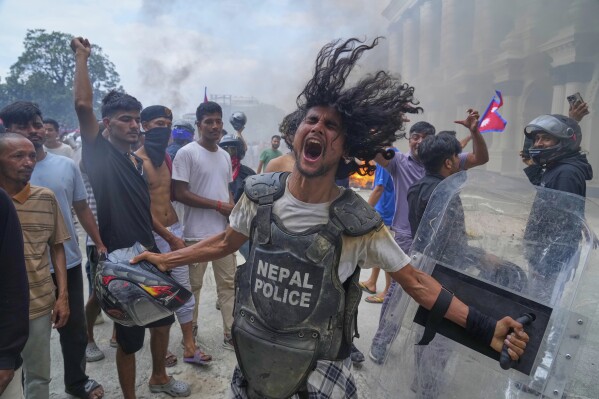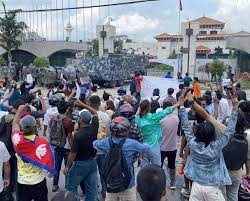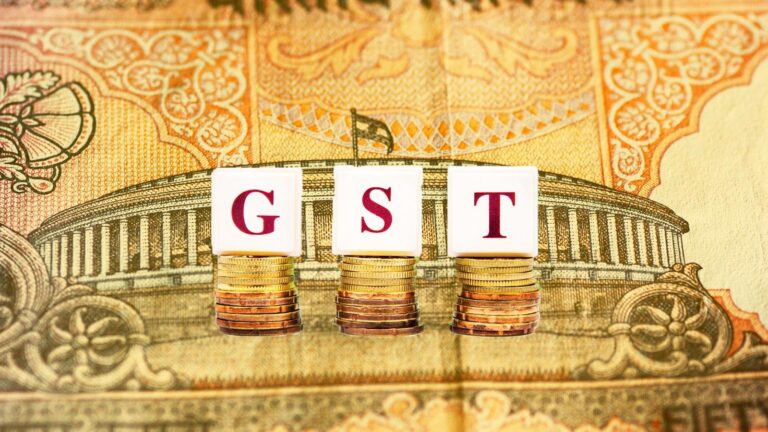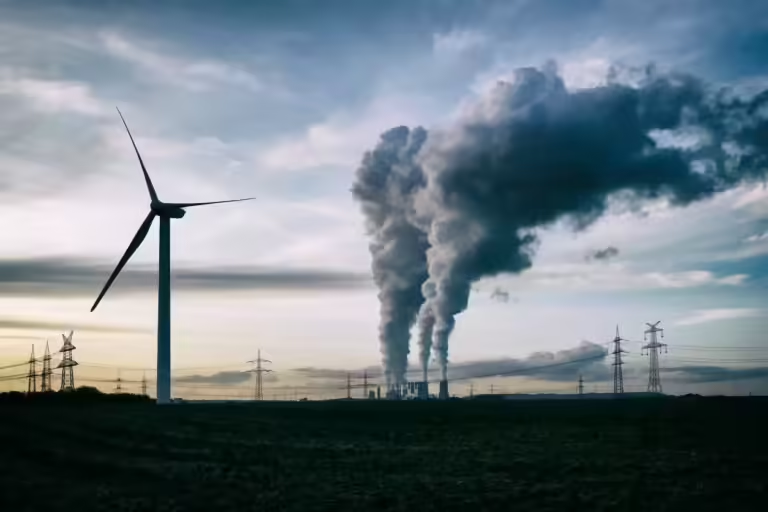
Protests in Nepal, spearheaded by the Gen-Z youth, have turned deadly. The demonstrations, fueled by widespread anger over government corruption and a recently imposed social media ban, have prompted the government to lift the ban and issue an appeal for calm amidst growing unrest.
The Gen-Z Protest
The Government recently banned 26 social media platforms in the country, including Facebook and YouTube. This triggered immediate protests, beginning on September 4th. Thousands of young people stormed the parliament in the capital Kathmandu on Monday. Several districts are now under a curfew. 19 civilians were killed due to government repression.
Nepal’s government ordered a ban on 26 social media platforms last week. The platforms failed to register with the Communication Ministry by the deadline. The ban also affected popular platforms like Facebook and Instagram, which millions in Nepal use for entertainment, news, and business. The government defended the move, saying the ban was necessary to curb fake news, hate speech, and online fraud.
On Monday, young people took to the streets, saying they were protesting against what they viewed as the government’s authoritarian stance. Many carried placards with slogans like “Enough is Enough” and “End Corruption”. Some demonstrators even threw stones at Prime Minister KP Sharma Oli’s residence in his hometown, Damak.
The Gen-Z ‘s demand
Alongside opposition to the social media ban, the protesters also raised concerns about corruption, nepotism and lack of accountability in governance, frequently using the phrase “nepo babies” to criticize perceived privilege within the political establishment.
Protest leaders are calling for the dissolution of the current government and the mass resignation of members of parliament. The resignation of Prime Minister K.P. Sharma Oli and President Ram Chandra Paudel were announced on September 9, but protests have continued with calls for broader systemic change.
The Violence

Protesters marched towards the federal parliament building in Kathmandu, and clashes erupted when they tried to breach security barricades. Some managed to force their way into the compound. Protesters set fire to parts of the parliament building, as well as the homes of politicians and the headquarters of major political parties. Protesters also torched several government and private vehicles. Demonstrators attacked the residences and vehicles of senior political figures, including former prime ministers and ministers. One attack killed the wife of former Prime Minister Jhala Nath Khanal.
The Escalation of Violence
Police and military forces were deployed to control the crowds. On September 8, authorities used tear gas, water cannons, rubber bullets, and live ammunition on demonstrators, killing at least 19 people. Human Rights Watch has described the police’s actions as an “appalling disregard for the lives of its own citizens”.
Protesters claimed that security forces fired indiscriminately at the unarmed crowds, including students in school uniforms. Social media influencers alleged that police also entered hospitals and shot at patients. Reports surfaced from social media influencers and eyewitnesses that law enforcement officials entered hospitals to attack injured protesters. Authorities imposed curfews in several major cities across the country, including Kathmandu, to contain the unrest. On September 9, the Nepali Army shut down and occupied Tribhuvan International Airport to stop politicians from fleeing the country.
The Government’s Response
On September 8, 2025, after violent protests broke out, the government lifted the ban it had imposed on 26 social media platforms, including Facebook, X, and YouTube. The platforms had been blocked after they failed to register under new government rules. The Minister for Communications, Information, and Broadcasting announced the decision to lift the ban following an emergency cabinet meeting.
Home Minister Ramesh Lekhak resigned on moral grounds. His decision followed the killing of at least 19 protesters by security forces.
The escalation of protests culminated in Prime Minister K.P. Sharma Oli’s resignation on September 9, 2025.
The deadly protests in Nepal, driven by Gen-Z’s frustration with corruption and a social media ban, have plunged the country into a state of crisis. As the government attempts to restore calm and address the underlying grievances, the future for the Nepal hangs in the balance.
For more such informative articles stay tuned at The World Times.



